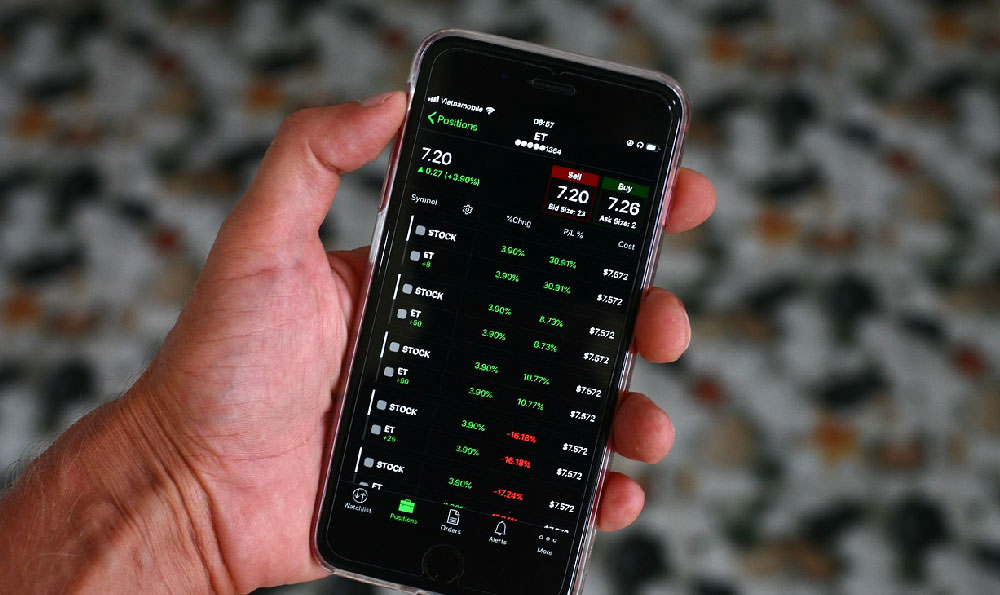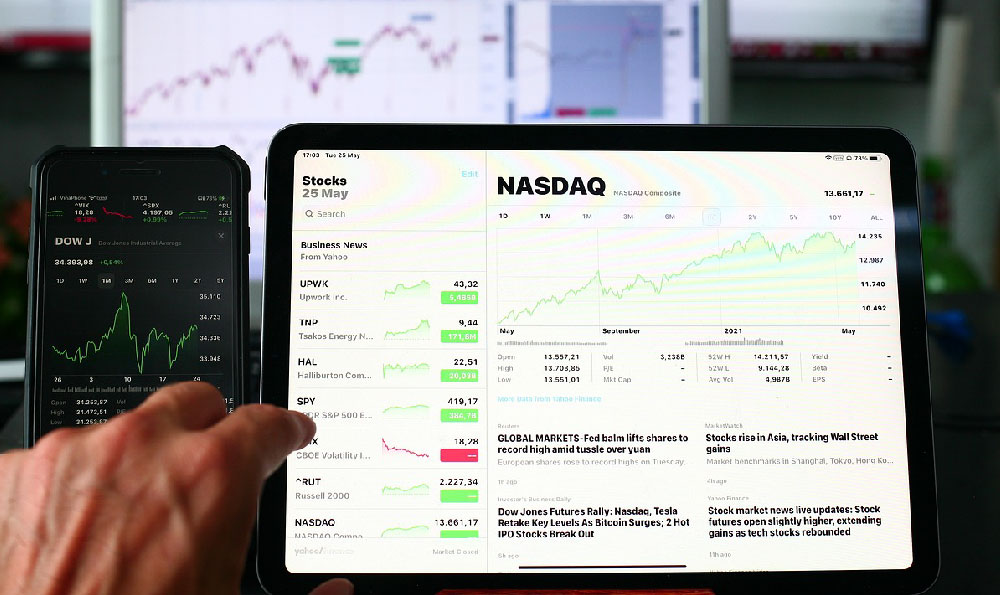Let's delve into the multifaceted world of YouTube earnings, exploring the potential income and the variables that significantly shape it. There's no single, definitive answer to "How much can you earn on YouTube?" because the earnings landscape is dynamic and influenced by a complex interplay of factors. However, we can dissect these elements to gain a clearer understanding of the earning potential.
One of the primary drivers of YouTube income is advertising revenue, typically measured using the metric known as Cost Per Mille (CPM), or Cost Per Thousand views. CPM represents the amount advertisers pay YouTube for every thousand ad impressions served on your videos. However, what you, the content creator, actually receive is known as Revenue Per Mille (RPM). RPM is the revenue you earn per 1,000 views after YouTube takes its cut (currently, YouTube keeps roughly 45% of ad revenue). The crucial point here is that CPM and RPM fluctuate considerably based on several things.
The geographic location of your audience plays a vital role. For instance, views from the United States, Canada, the United Kingdom, and Australia generally command higher CPMs compared to views from countries with lower average incomes or less developed advertising markets. This is because advertisers are typically willing to pay more to reach audiences with greater purchasing power. If a large portion of your audience is from a region with a lower CPM, your overall RPM will be significantly affected.

The niche or topic of your content is another critical determinant. Certain niches, such as finance, technology, business, and health, tend to attract higher CPMs due to the demand from advertisers in those sectors. These advertisers are often targeting a more specific and affluent audience, which justifies a higher cost per impression. Conversely, content focused on gaming, entertainment, or lifestyle may have lower CPMs due to a broader, less targeted audience. The type of products or services advertisers are trying to promote directly correlates with the potential value they place on your audience's attention.
Ad formats also influence earnings. YouTube offers a variety of ad formats, including skippable video ads, non-skippable video ads, display ads, overlay ads, and sponsored cards. Non-skippable ads generally command higher CPMs, as they guarantee the viewer will see the ad in its entirety. However, using too many or intrusive ad formats can negatively impact the viewer experience, potentially leading to lower watch times and subscriber counts, which will ultimately hurt your long-term earning potential. A balanced approach, carefully considering the viewer experience, is essential.
Beyond advertising revenue, YouTube offers other avenues for monetization. Channel memberships allow viewers to support your channel directly in exchange for exclusive perks, such as badges, custom emojis, and members-only content. Super Chat and Super Stickers, available during live streams, allow viewers to pay to have their messages highlighted in the chat, providing a direct source of revenue.
Merchandise shelves enable you to sell branded products directly to your audience. By creating and selling merchandise like t-shirts, mugs, or other products related to your content, you can generate a significant revenue stream. This also strengthens your brand and creates a sense of community among your viewers.
Affiliate marketing is another potentially lucrative option. By including affiliate links in your video descriptions, you can earn a commission on sales generated through those links. This is particularly effective if you review or recommend products that align with your content and audience. Transparency is key; always disclose that you are using affiliate links to maintain trust with your viewers.
Sponsorships and brand deals can offer significant income potential. Brands may pay you to feature their products or services in your videos, either through a dedicated segment or integrated mentions. The amount you can charge for sponsorships depends on your audience size, engagement rate, and the relevance of your content to the brand. Building a strong relationship with your audience and creating high-quality content are essential for attracting sponsorships.
The engagement of your audience is paramount. High watch times, strong like-to-dislike ratios, and active comment sections signal to YouTube that your content is valuable and engaging, which can lead to increased visibility and higher CPMs. Consistent uploads, interacting with your audience in the comments, and creating content that resonates with their interests are all crucial for building and maintaining a loyal following.
Finally, consistency and persistence are key to long-term success on YouTube. Building a successful channel takes time and effort. It's important to be patient, to continuously experiment with different content formats and strategies, and to adapt to the ever-changing YouTube landscape. Analyzing your analytics, understanding what works and what doesn't, and constantly striving to improve your content are all essential for maximizing your earning potential. Don't get discouraged by initial setbacks; view them as learning opportunities and continue to refine your approach.
In conclusion, while there is no precise figure for YouTube earnings, understanding the factors that influence your revenue—audience demographics, content niche, ad formats, alternative monetization methods, and audience engagement—is critical. By optimizing these elements and maintaining a consistent and dedicated approach, you can significantly increase your earning potential on YouTube. Remember that it's a marathon, not a sprint, and sustained effort combined with strategic planning will ultimately determine your success.












